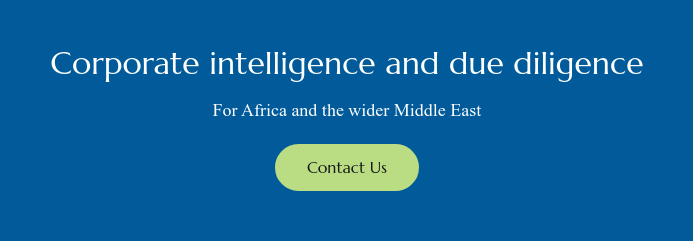The expansion of renewables in North Africa
Read moreClimate initiatives in the Gulf: the changing energy landscape in the run up to COP26
After years of muted progress, the Gulf states are now ramping up their efforts to address climate change with major new targets and initiatives recently announced. This comes amidst a flurry of worldwide activity on climate change with countries, companies and cities across the globe raising their climate ambitions in the run up to this year’s UN climate summit, COP26 (taking place from 31 October to 12 November in Glasgow). The recently announced initiatives in the Gulf provide the potential for major new revenue streams and signal the beginning of a new energy landscape that will shape the region.
New targets and forums
This month, the UAE committed to reach net zero emissions by 2050, making it the first Gulf state to commit to the target1. This was shortly followed by Saudi Arabia announcing a net zero by 2060 target, marking another major turning point for the region. More than 100 countries have now committed to reaching net zero emissions2. In April 2021, following the Biden administration’s climate summit, Saudi Arabia and Qatar joined the Net Zero Producers Forum, a new forum which will see oil and gas producing countries working together to develop net-zero emission strategies.
Climate diplomacy has also been on the rise in the region. In April 2021, the UAE hosted its first Regional Climate Dialogue which brought leaders together to accelerate climate action in the MENA. The UAE is also bidding to host the 2023 UN climate talks, COP28. For Saudi Arabia’s part, Crown Prince Mohammed Bin Salman has pledged to “lead the coming green era” under the recently launched Saudi Green Initiative and Middle East Green Initiative, which together will see the Kingdom plant 50 billion trees in the region over the next two decades, making it the world’s largest reforestation program3.
Hydrogen
Among the most significant developments, Gulf states are gearing themselves up to become global leaders in hydrogen energy production which could help to cleanly power numerous hard-to-decarbonise sectors in the coming decades. In May 2021 Oman announced a US$30 billion plan to build the world’s largest green hydrogen plant, powered by 25GW of solar and wind energy. The consortium behind the project includes OQ, InterContinental Energy and Enertech4. Saudi Arabia is developing a US$5 billion green hydrogen plant at Neom, supported by ACWA Power and Air Products5 and the UAE is planning a US$1 billion plant at Khalifa Industrial Zone Abu Dhabi (KIZAD), led by Helios Industry. ADNOC is also planning a major blue hydrogen project with Fertiglobe which will produce 1 million tonnes of ammonia per year6.
Carbon capture and storage
The region is similarly making substantial investments in carbon capture, utilisation and storage technologies (CCUS). This has the prospect of reducing CO2 emissions while supporting the Gulf’s continued export of hydrocarbons and enabling the development of blue hydrogen. Qatar Petroleum plans to capture 7 million tonnes of CO2 per year by 20307 and ADNOC plans to capture 5 million tonnes per year by the same date8. Saudi Arabia’s Circular Carbon Economy (CCE) initiative, which is at the centre of the Kingdom’s strategy on climate change, is aiming to boost international support for CCUS and Aramco has been surveying potential carbon sequestration sites across the country9.
Renewables
Investments in renewables are occurring at pace as well, with the world’s biggest and cheapest solar projects currently under development in Saudi Arabia and the UAE. In August 2021 alone, Saudi Arabia connected its first 400MW wind farm to the grid10 while Dubai connected an additional 300MW of solar power to its national grid11. Saudi Arabia looks poised to lead the upcoming renewables push in the region with a plan to produce 50% of its electricity from renewables by 2030 and a target of installing 58.7GW of solar and wind power by 2030. ACWA Power, Aramco and the PIF are together expected to develop 70% of these projects, costing around US$30 billion12.
The world will be watching closely in the coming days and weeks for new announcements and further details on the region’s new initiatives in what is a now a fast-moving energy landscape.
Over the coming weeks, Diligencia will be examining each of these topics in more depth with a series of blogs and white papers covering clean energy initiatives across Africa and the wider Middle East.
Charles Phillips is a researcher and consultant specialising in energy and climate change policy in the Middle East. He has an MPhil in Modern Middle Eastern Studies from the University of Oxford and a BA in International Relations from the University of Exeter. His work has included extended periods of in-country field research in Saudi Arabia, the UAE, Qatar, Turkey, Palestine, Egypt, Morocco, Kenya, Ghana, and Nigeria.

